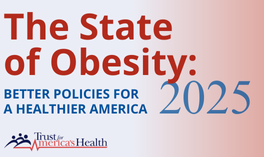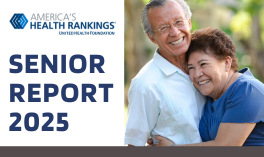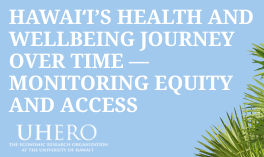The Hawai‘i Oral Health Tracker is designed to monitor the burden of oral disease, use of the oral health care delivery system, and the status of preventive interventions including regular dental care and community water fluoridation. The tracker is a collaborative effort between the Hawai‘i State Department of Health and the Hawai‘i Oral Health Coalition.
This tracker compiles state oral health data from national and state surveillance systems like the Behavioral Risk Factor Surveillance System (BRFSS) and the Pregnancy Risk and Monitoring System (PRAMS) and program sources like Medicaid (QUEST) and Head Start. The data is organized into 30 oral health indicators that are grouped into 8 topic areas:
- Among Children
- During Pregnancy
- Among Adults
- Priority Populations: MedQUEST Children
- Priority Populations: Head Start Children
- Community Supports
- Oral Health Providers
- Emergency Department Visits
For each indicator, you can read how it is defined and collected, and view comparison data and trends through charts and tables.
Here are examples of some data you can find with this tracker:
- Between 2019-2020, 14.1% of children aged 1-17 years had decayed teeth or cavities in the past 12 months, compared to 12.9% between 2018-2019. The HP 2030 Target is 10.2%.
- In 2019, 81.5% of pregnant women needed to see a dentist, but only 13.8% of pregnant women visited a dentist for a problem during their pregnancy.
- In 2018, 75.3% of adults visited a dentist or dental clinic for any reason in the past year, compared to 72.7% in 2016. The HP 2030 Target is 45%.
- In 2018, 8.8% of the public water supply population received fluoridated water, compared to 11.3% in 2016. The HP 2030 Target is 77.1%.
We will be adding more oral health indicators as the data becomes available.
View the tracker here.



